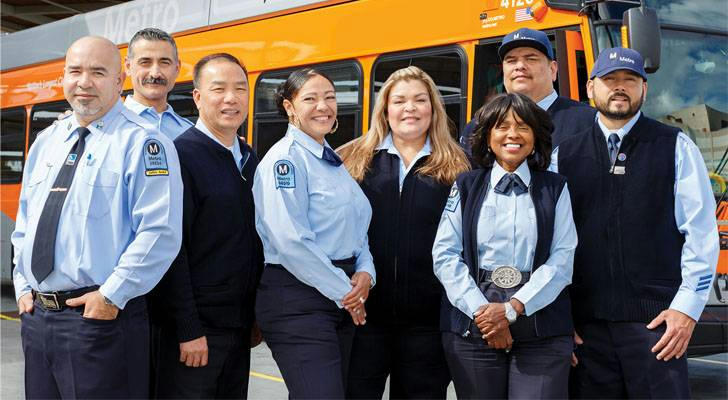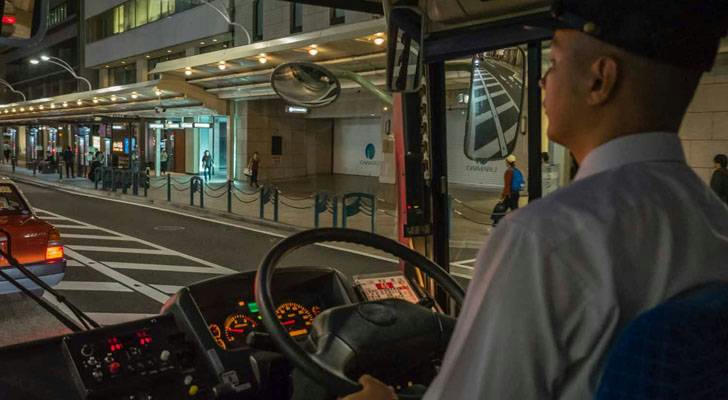The Unsung Heroes of Travel: The Vital Role of Shuttle Bus Drivers at Hotels and Airports
Did you know that shuttle bus drivers are crucial for connecting travelers to their destinations? From the airport to hotels, they streamline transportation and enhance the travel experience.
Shuttle bus drivers bridge the gap between transportation and hospitality. Their work is integral to the travel experience, particularly for those flying in or out of busy airports or staying at hotels. This article will delve into various aspects of the shuttle bus driver’s role. We will discuss their daily responsibilities, the challenges they face, and the skills required for the position. Furthermore, we will explore the impact they have on customer service and travel efficiency, along with tips for passengers to maximize their airport or hotel experience.

🚍 Daily Responsibilities of Shuttle Bus Drivers
At the heart of their work, shuttle bus drivers are responsible for transporting passengers safely and punctually. This includes navigating airport terminals and hotel zones that are often congested or confusing, especially during peak travel hours. For example, drivers operating near Los Angeles International Airport need to be highly alert and efficient to avoid delays that could cause guests to miss flights or appointments.
But the job isn’t just about driving. Shuttle bus drivers assist with luggage, help elderly or disabled passengers, and provide reassurance to anxious travelers. A simple greeting or friendly conversation can turn a stressful trip into a smoother, more pleasant experience.
Additionally, drivers must stay in constant communication with dispatchers to report traffic conditions, passenger needs, or delays. They may also be responsible for checking fuel levels, tire pressure, and vehicle condition before each shift to ensure safety and reliability.
🛠 Skills and Qualifications Required
To become a shuttle bus driver, a Commercial Driver’s License (CDL) is typically required, as this certifies the driver to operate larger passenger vehicles safely and professionally.
However, technical driving skills alone are not enough. Strong interpersonal abilities are vital, as drivers regularly interact with diverse passengers who may have questions, concerns, or cultural differences. Patience, empathy, and a calm demeanor are key traits that enhance the customer experience.
Problem-solving is another essential skill. Drivers often face unpredictable challenges, such as sudden traffic jams, rerouted airport roads, or late-arriving passengers. A good driver must be able to think quickly and adapt. One driver in Chicago recounted an incident during a snowstorm, where he had to reroute to avoid a closed highway. Thanks to his quick thinking, the couple he was transporting still made their early morning flight on time.
⚠ Common Challenges in the Role
Shuttle bus drivers operate in dynamic environments and face unique difficulties daily. Heavy traffic is perhaps the most common obstacle, particularly near major transit hubs or urban hotels. Delays are frustrating for both passengers and drivers, putting pressure on the driver to find solutions quickly.
Weather adds another layer of complexity. Rain, snow, fog, or extreme heat can increase safety risks and heighten passenger anxiety. In such cases, drivers are not only navigating difficult road conditions but also working to keep guests calm and reassured.
There’s also the physical aspect of the job. Drivers often lift and move luggage, assist passengers into and out of vehicles, and sit for extended periods—all of which can lead to fatigue or injury. Maintaining physical wellness is crucial for long-term success in this line of work.

🌟 Impact on Customer Experience and Brand Reputation
Beyond their operational role, shuttle bus drivers significantly shape the guest’s perception of a hotel or airport. They are often the first face a traveler sees upon arrival and the last person they interact with before departure. Their demeanor can either elevate the brand’s image or tarnish it.
For instance, a cheerful driver who shares local tips or provides assistance with genuine care can make a traveler feel welcomed and valued. Conversely, an indifferent or inattentive driver might leave guests with a negative impression, regardless of the overall service quality.
Moreover, drivers act as an informal feedback channel. Passengers often voice opinions about service quality, wait times, or vehicle cleanliness during their rides. A thoughtful driver will pass this information on to management, allowing companies to make informed improvements.
In an age where customer experience defines brand loyalty, hotels and airports that invest in high-quality shuttle service gain a strategic advantage. Positive interactions with drivers lead to glowing reviews, repeat customers, and stronger reputations in a competitive industry.
Conclusion: More Than Just Drivers
Shuttle bus drivers are more than just people behind the wheel—they are essential contributors to the smooth functioning of travel systems. They ensure safety, comfort, and efficiency while facing real-world challenges with professionalism and care.
Their work requires not only licensing and road knowledge but also emotional intelligence, resilience, and a service-oriented mindset. As customer expectations continue to rise, the value of a skilled, compassionate shuttle driver becomes even clearer.
Whether greeting guests with a smile, navigating chaotic terminals, or going the extra mile for a traveler in need, shuttle bus drivers are the quiet force behind countless smooth journeys.
